
Solomon Grey: We love to write pre-picture – before anything is shot and edited. Photo: TPF Studio Ltd/Gianandrea Traina
Tom Kingston and Joe Wilson lend us their expertise and explain how to successfully write music for TV or film
As Solomon Grey, London based duo Tom Kingston and Joe Wilson have managed to simultaneously straddle the worlds of commercial releases and music made for picture. Last year the pair created the soundtrack for the hit BBC/Showtime television show Back To Life and they now return with Music For Picture: Vol 1 (Parallels), the first in a series of works written for and inspired by moving images.
Here, they provide a quintet of tips on writing music for pre-picture…
Read more songwriting tips here
When composing for TV and film, we love to write pre-picture – before anything is shot and edited. Although not every project can happen like this, we prefer working this way. Starting a conversation early on, with our library of pre-written music, develops trust and a closer creative relationship between us and the director. It is such an incredible job and whichever way you end up working, try and create the circumstances in which you can shine!
1. DIRECTOR AND SCRIPT
You need to explain and sell the concept of writing music before picture to the director and editor, if it’s new to them – it’s about getting people excited! Keep talking them through the ideas and sending them music, be patient and don’t worry if the first batch doesn’t get a huge reaction. You are figuring out the palette as you go and getting it wrong is as important as getting it right. We try and get three or four cue playlists done before filming starts.
Be careful how you name these tracks. You can inadvertently give pointers as to which part of the story they might be used and this can get in the way of people’s instinctive approach. Name them randomly – we normally use a new category with every project – seaside towns, elements from the periodic table, shipping forecast regions…
2. LOCATION AND IMAGES
Try and find out what locations have been decided on, get out of the studio and be inspired by some new places – take some equipment and work and record there.
Acquire photos and images that are being used by the director, D.O.P. and the rest of the team as inspiration for the look and feel of the piece. There will be a mood board in the production office being used by costume, set design et al. Get copies and put your own up in the studio. Using the same inspiration as the rest of crew helps get people on your side, opening up and sharing ideas.
Look at the casting photos and start to see these people as the characters. All this is at your disposal well before shooting starts, so why not use it? These departments, people and places have a rhythm and feel that can give you so much as a composer.
Striking up a relationship with the sound recordist(s) working on set has been invaluable for us. See if they are able to share some wild-tracks and atmospheres with you.
3. SOUND DESIGN AND FIELD RECORDINGS
Locations are great – both to get inspiration and to record the sounds and atmospheres of these places. We normally take a handheld Zoom recorder and a few mics with our laptop to locations mentioned in the script, or booked for filming, and experiment with what’s there. When this isn’t possible, get in contact with the sound recordist and ask if they are able to share some wild-tracks and atmospheres with you once filming begins.
Use the recordings from the locations as the sound-bed for some writing, or create sample instruments out of them. The possibilities are endless and you never know where the next bit of inspiration might come from. We absolutely love this part and it can be incredibly powerful in connecting the sound world you are creating with the sound world of the piece itself.
We remember getting to a location one day to record and the set designers were playing some of our demo cues whilst working on the set. It felt like we were all inspiring each other. It’s always brilliant to interact with the other departments.

Solomon Grey: We find it exciting if the project requires instrumentation we’ve never worked with before. Photo: TPF Studio Ltd/Gianandrea Traina
4. SESSIONS MUSICIANS AND INSTRUMENTATION
We find it exciting if the project requires instrumentation we’ve never worked with before. Start learning about the history of these instruments and the stories that go with their standards, contact musicians and see what can be arranged. Get recordings and start experimenting with the sounds in your early demos. Get the director and editors inspired and excited about these new sounds.
These recordings can become such a blissful way of changing it all up. We particularly love sampling and mixing these sounds in with our own sound palette. It just ends up creating something new and bespoke for the project and always ends up being vital in it finding its voice.
If the instrument is particular to the region where this story takes place, speaking to musicians with a greater understanding of the folklore and heritage always shines a light on an important perspective. We love spending time with, and learning from, these musicians whenever we can.
5. DEMOS/PLAYLISTS
Don’t be too precious about this. Trust is key. Always provide basic stems so that editors can meld these pieces together and come up with some brilliant transitions and collages – let them all live with it.
The other people involved, particularly the editor(s) and director(s), need to be able to work their way around this library of music as quickly and instinctively as they can. In our experience, for a major project you can end up providing upwards of 40 or so cue ideas, so it’s important that people have time to get to grips with it.
Is there a particular batch of tracks that seems to be working much better than others? Arrange a meeting where you talk through everything you’ve given them up to this point and start to find out what’s connecting and what just hasn’t worked or struck the right tone.
It’s particularly wonderful when you and the director might have discarded a cue and worked on some other ideas and then, midway through filming, as the edits start to come in, the editor has placed this cue somewhere and it’s suddenly back in the mix. Remember not to give any hints on placement with playlist and track names!
For us, much of the fun of writing before picture lies in cues being laid over scenes you never would have thought of; as soon as that starts happening you know it’s working! Sending these tracks to people is a lovely way of starting a working relationship and it makes the tough moments, which always arise, so much easier because people have been more involved and invested from an early stage.
Solomon Grey’s EP Music For Picture: Vol. I (Parallels) is out now. A second volume will follow soon solomongrey.net
Read more songwriting tips here > >



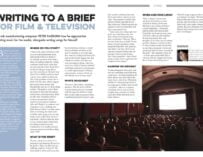

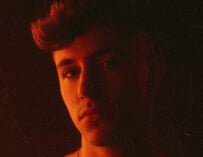

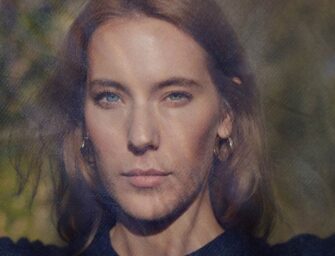
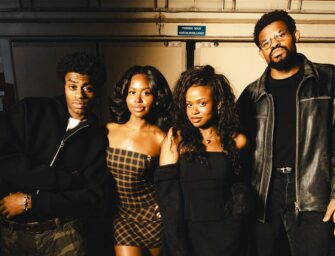

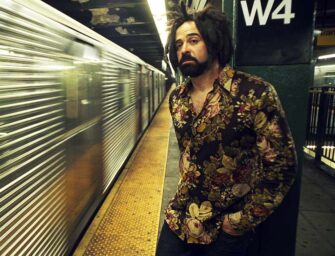
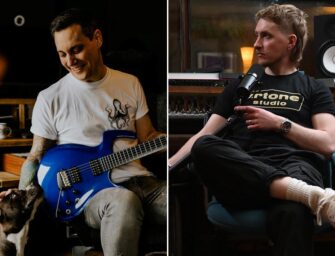

















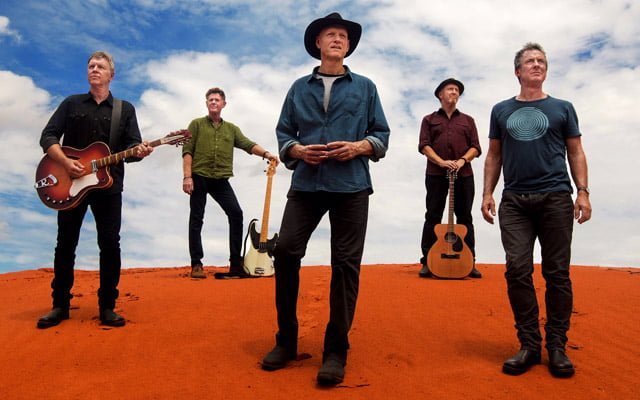





Related Articles